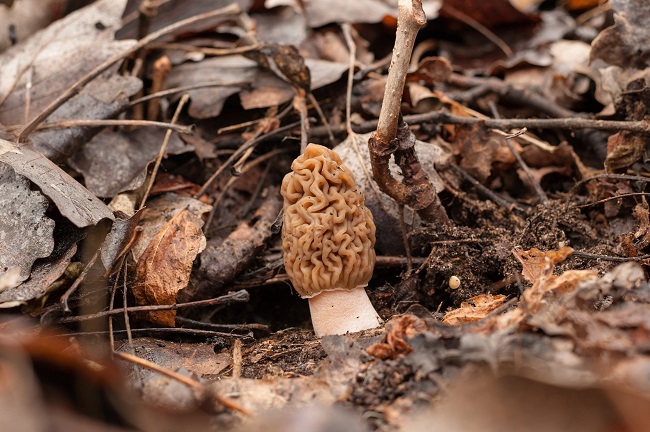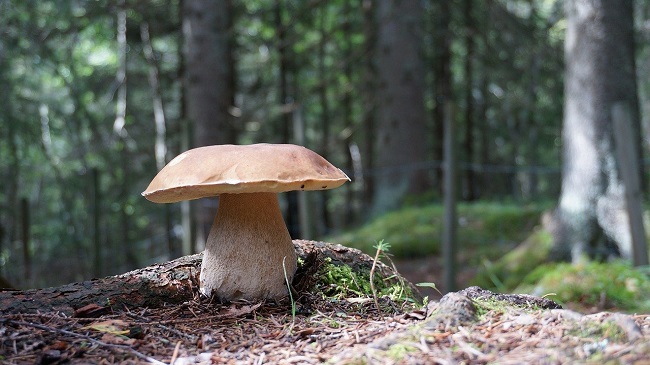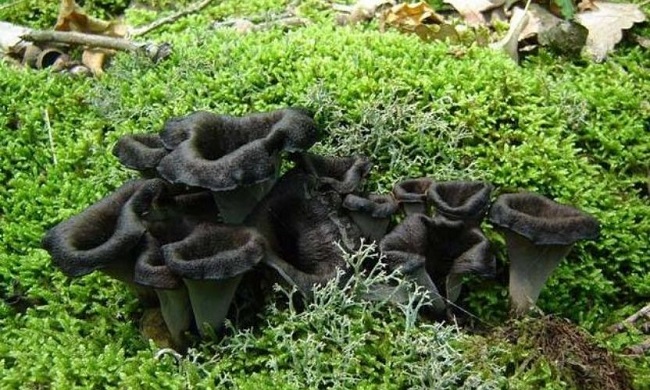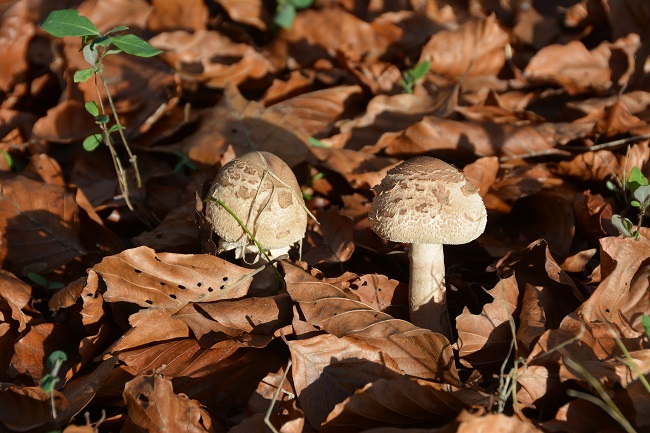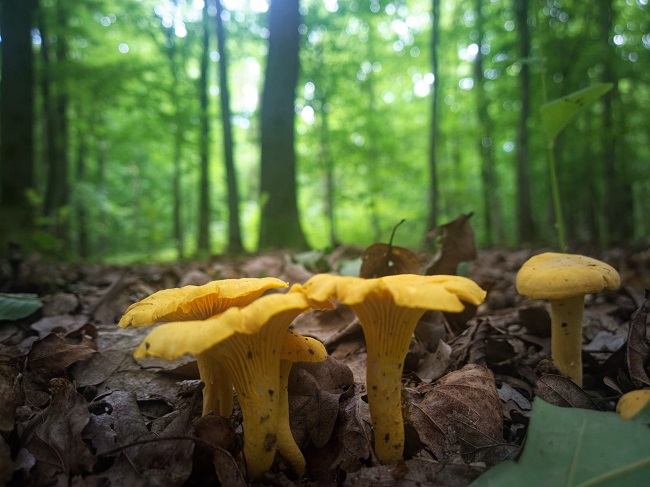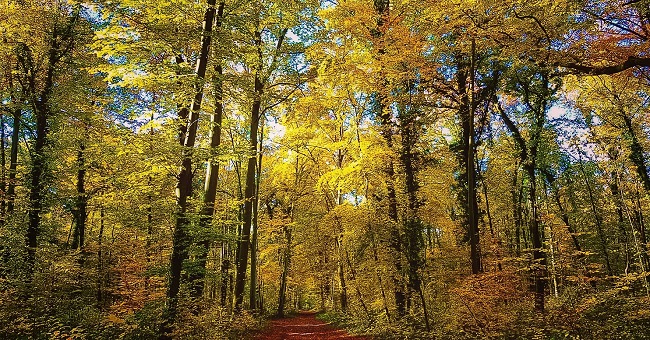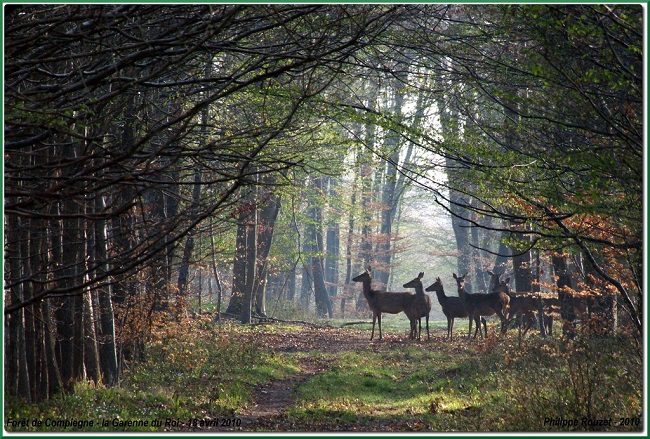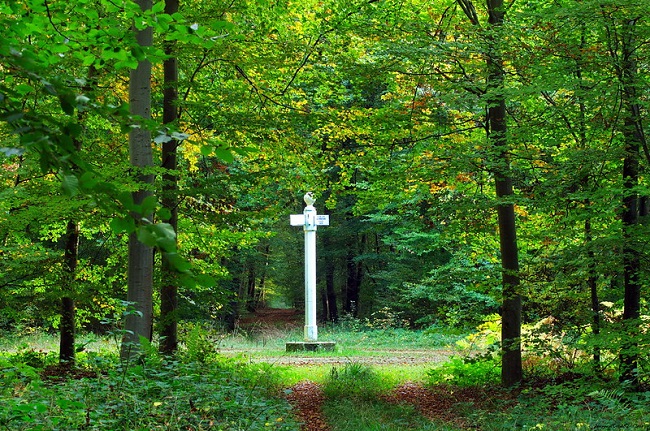- Oct 26, 2024
A Picking In The Forest
- Eliane
- Your French Teacher anecdotes, French vocabulary
- 0 comments
Une cueillette en forêt
Ce weekend je ne savais pas trop quoi faire, mais il faisait très beau et voulais en profiter pour prendre l’air. Benjamin, Elora (une très bonne amie) et moi sommes donc allés faire un tour en forêt.
Traduction :
This weekend I wasn't sure what to do, but the weather was very nice and wanted to take the opportunity to get some fresh air. Benjamin, Elora (a very good friend) and I went for a walk in the forest.
La chasse aux Morilles :
A défaut de pouvoir faire les magasins et visiter des musées, on profite de la nature. Haha ! 😊
Et tant qu’à faire, nous avons décidé d’aller cueillir des morilles : mon champignon préféré.
Et oui nos forêts regorgent de délicieuses morilles ! Elles font leur apparition en avril et il faut vite aller les chercher parce qu’elles disparaissent malheureusement dès la fin du mois de mai.
Aller à la cueillette aux morilles est une vraie chasse aux trésors ! Elles se cachent et se confondent avec les feuilles et morceaux de bois sur le sol. Mais quand on en trouve suffisamment, on peut se faire un vrai petit festin en rentrant. D’ailleurs on vous publie une recette à base de ce champignon dès demain. Je vous invite à y jeter un œil.
Translation
Morel hunting:
Failing to be able to shop and visit museums, we take advantage of nature. Haha! 😊
And until we go, we decided to go pick morels: my favorite mushroom.
And yes our forests are full of delicious morels! They appear in April and you have to go look for them quickly because they unfortunately disappear at the end of May.
Going morel picking is a real treasure hunt! They hide and merge with the leaves and pieces of wood on the ground. But when we find enough, we can have a real treat on the way home. In fact, we'll be publishing a recipe based on this mushroom tomorrow. I invite you to take a look.
La cueillette aux champignons en Picardie :
Si vous aussi vous aimez ce genre d’activités, je me suis dit que vous aimeriez peut-être savoir quel type de champignons vous pourrez trouver dans notre région et quand est-ce que vous pourrez les cueillir.
Bien sûr, vous trouverez le roi des champignons : le cèpe !
Nous en avons deux variétés par ici :
Le cèpe de bordeaux que vous pourrez cueillir en Septembre ou Octobre,
D’autres cèpes (ou bolets) tels que le cèpe des pins en été.
Petit conseil pour reconnaître rapidement un bon cèpe d’un mauvais, la couleur de leur pied : s’il est blanc, pas de problème. S’il est coloré ne vous en approchez pas ! 😊
Après la morille, mon autre champignon préféré : la trompette de la mort. C’est le champignon phare de notre région, on en trouve quasiment dans toutes les forêts. Son nom, bien qu’effrayant n’indique pas qu’il est vénéneux, en réalité il tient son nom de la période à laquelle il apparaît : la Toussaint (fête des morts) !
La coulemelle est également un champignon qui domine nos sous-bois, en particulier entre septembre et octobre. Mais attention la coulemelle possède une jumelle diabolique qui ne faudra absolument pas consommer. Elles se ressemblent comme deux gouttes d’eau mais vous pourrez les différencier grâce à la base de leur pied. S’il y a une sorte d’enveloppe englobant le pied à sa base, pas touche ! Vous êtes tombé sur la mauvaise.
La girolle peut également être cueillie en été par chez nous. Elle est certes plus rare mais certains chanceux pourraient en trouver dans nos forêts sèches.
Et enfin le rosé des prés ! Ce ne sera pas en forêt que vous le trouverez mais comme son nom l’indique dans les prés ! Ce champignon pousse en particulier de la fin de l’été jusqu’à la fin novembre.
Et voilà, vous savez tout ! Vous n’avez plus qu’à choisir votre forêt.
Translation
Mushroom picking in Picardy:
If you like this kind of activity too, I thought you might like to know what kind of mushrooms you can find in our area and when can you pick them.
Of course, you will find the king of mushrooms: the boletus mushroom!
We have two varieties here:
• Bordeaux boletusthat you can pick in September or October,
• Other boletus mushrooms such as the pine boletus mushroom in summer.
A little advice to quickly recognize a good boletus from a bad one, the color of their foot: if it is white, no problem. If it's colorful, stay away! 😊
After the morel, my other favorite mushroom: the black trumpet. It is the flagship mushroom of our region, it is found in almost all forests. Its French name, although frightening does not indicate that it is poisonous, in reality it takes its name from the period in which it appears: All Saints' Day (celebration of the dead)!
The coulemelle is also a mushroom which dominates our undergrowth, in particular between September and October. But beware the coulemelle has a evil twin that should absolutely not be consumed. They are as alike as two peas in a pod but you can tell them apart by the base of their foot. If there is some kind of envelope encompassing the foot at its base, don't touch! You've come across the wrong one.
The girolle can also be picked in summer around here. It is certainly rarer but some lucky people could find it in our dry forests.
And finally the field mushroom! You won't find it in the forest, but as its name suggests in the meadows! This mushroom grows in particular from late summer until late November.
There you have it, you know everything! You just have to choose your forest.
Une forêt historique à Compiègne
Pour notre aventure, nous avons décidé de nous rendre dans la forêt de Compiègne. C’est la 3ème forêt domaniale la plus grande de France. Et surtout cette forêt est magnifique ! Elle est également riche en histoire !
C’est ici que le franc a été fondé en 1963, que Jeanne d’Arc a été capturée, que l’armistice de la Première Guerre Mondiale a été signée… Les anecdotes historiques n’en finissent pas !
Par exemple, saviez-vous que cette forêt est une création royale ? Depuis le VIe siècle ! Elle a d’abord été le terrain de chasse préféré des rois de France mais également de l’aristocratie française sous Napoléon III. D’ailleurs le palais de Compiègne (dont je vous parlerai dans un prochain article) a été construit à l’entrée du bois de Compiègne car déjà très prisé à cette époque.
Il y a également de très beaux petits villages pleins de charmes qui sont cachés dans la forêt de Compiègne. Si vous venez chez nous en immersion de français, vous allez sans aucun doute les apprécier et adorer vous balader dans ce bois !
D’ailleurs ne craignez rien, il est impossible de se perdre dans cette forêt, 310 poteaux indiquent les différentes directions. Vous y trouverez également sur chacun d’entre eux, un trait rouge comme Napoléon III l’avait en effet demandé. Il ne voulait pas que sa femme Eugénie se perde. Alors chaque fois qu’elle se mettait dos au trait rouge, l’Impératrice savait que le Palais était droit devant elle. Et cela où qu’elle soit !
Ce bois comprend 900km de chemin de randonnée. Pour les marcheurs, c’est un paradis !
Translation
A historic forest in Compiègne
For our adventure, we decided to go to the Compiègne forest. It is the 3rd largest national forest in France. And above all, this forest is magnificent! It is also rich in history!
This is where the franc was founded in 1963, where Joan of Arc was captured, where the WWI armistice was signed ... The historical anecdotes never end!
For example, did you know that this forest is a royal creation? Since the 6th century! It was first the favorite hunting ground of the kings of France but also of the French aristocracy under Napoleon III. Moreover, the Palais de Compiègne (which I will tell you about in a future article) was built at the entrance to the Bois de Compiègne because it was already very popular at that time.
There are also very beautiful little villages full of charm which are hidden in the forest of Compiègne. If you come to us for French immersion, you will undoubtedly appreciate them and love to walk in this wood!
Besides, don't be afraid, it is impossible to get lost in this forest, 310 posts indicate the different directions. You will also find on each of them, a red line as Napoleon III had indeed requested. He didn't want his wife Eugenie to get lost. So every time she turned her back to the red line, the Empress knew that the Palace was right in front of her. And this wherever it is!
This wood includes 900km of hiking trails. For walkers, this is paradise!
